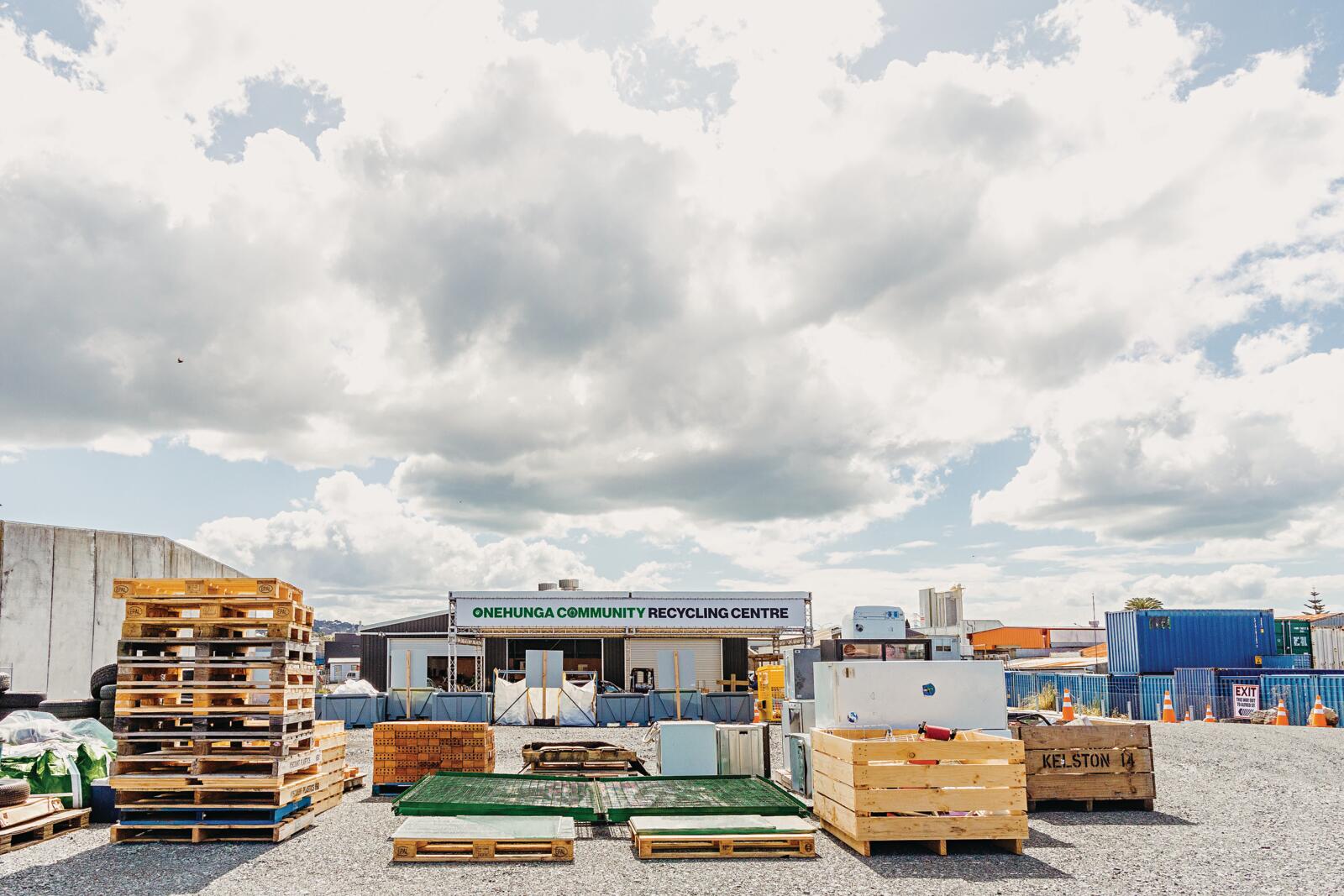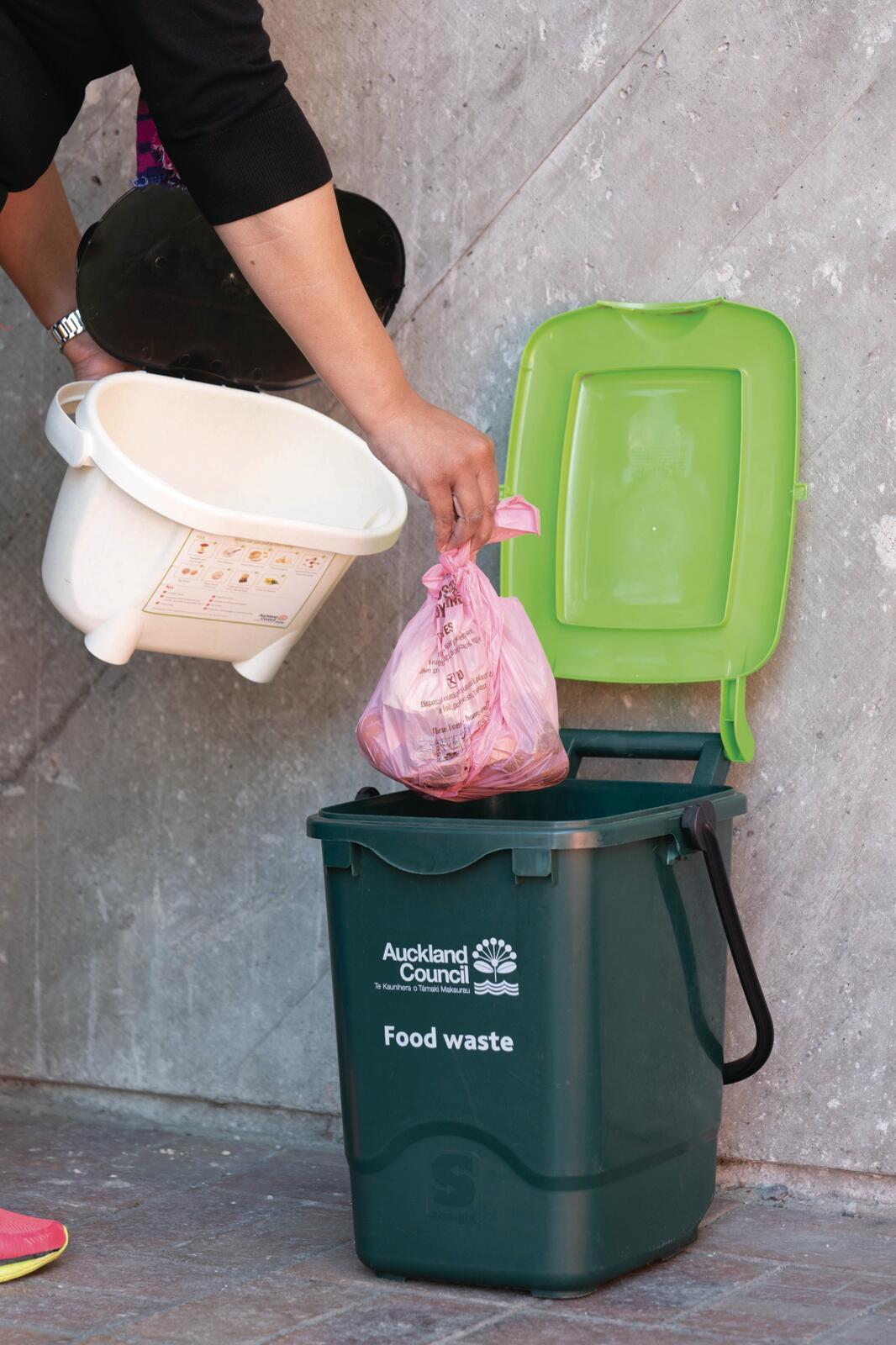When it comes to waste, we humans sure create a lot of it.
In fact, an average Aucklander sends around one tonne of rubbish to landfill each year.
Fortunately, improved recycling services and new facilities that prioritise sustainable living are progressing Tāmaki Makaurau’s journey to being a zero-waste city by 2040.
Recycling is one of the main things you can do to prevent rubbish going to landfill, and thanks to the $16.6 million central government-funded upgrade at Visy Onehunga Materials Recovery Facility – the place where the contents of your recycling bin go every fortnight – we’re getting better at it.
A more accurate sorting system has enabled the facility to increase its capacity by 28 per cent, from 140,000 tonnes to 180,000 tonnes of recycling per annum.
But what do you do with items you no longer need or that are broken and aren’t suitable for your recycling bin – things like an old computer monitor, worn-out clothes, a broken fridge or wood offcuts?
You can take them to one of Tāmaki Makaurau’s 10 community recycling centres to be recycled, reused or repurposed.
The newest of these facilities is Onehunga Community Recycling Centre (OCRC) at 37 Victoria Street. As well as diverting waste from landfill, it’s also creating new jobs and volunteer opportunities for locals – and it’s the first Māori-Pasifika-led recycling centre in Aotearoa.

Director Ron Muavae says it provides opportunities to reintroduce the local community, particularly young people, to traditional waste-management practices, such as composting.
“Composting is not a new thing,” he says.
“As a young boy in Samoa, I recall returning to the land what came from the land, and we’d find ways to recycle anything that was foreign. The centre is a great opportunity to revive some of that stuff.”
How it works at OCRC is you drive into the centre with a load of unwanted items and the staff go through and salvage what can be recycled or given a new home.
Unlike landfill, where you pay for dumping your entire load of rubbish, here you only pay for things that can’t be reused.
Many of the salvaged items are cleaned up and repaired if necessary, then sold cheaply in the centre’s Re-Use shop.
There’s also an on-site cafe, and an education centre which is itself recycled, having been donated by a local school.
“We get a lot of comments from people when they’re coming through that this isn’t a commercial place – it’s a real community place,” says Muavae.

Get sorted
OCRC accepts everything except asbestos and other dangerous goods.
Divide your rubbish into separate categories – such as metal, wood and plastic – before you arrive. This will make it easier for the staff to sort through it.
Put products that can be reused in their current state at the top of the pile so the staff can remove them first.
For more information, check out OCRC’s website at onehungacrc.nz or visit Auckland Council’s website to find your local recycling centre.

Separate your food scraps
Tāmaki Makaurau is set to reduce its carbon footprint even further in 2023, when Auckland Council rolls out its food scrap collection service across urban areas.
It’s been running in Papakura and selected North Shore streets for a number of years, but now residents in other suburbs will be supplied with a 23-litre bin for food scraps that will be collected on their normal rubbish day.
Unlike a home compost system – to which you should avoid adding food that attracts pests – you can put meat, bones, bread products, pasta and dairy in your council food scraps bin.
Instead of breaking down in landfill and emitting harmful greenhouse gases, the scraps will be taken to a food-processing plant in the central North Island.
Scraps will be broken down into a biogas that will then be converted into renewable energy and liquid fertiliser.


